Her majesty pinsa
From the well-known and diverse cuisine of the Apennine peninsula comes a multitude of delicious dishes that are found on tables all over the world almost every day. Among the most famous specialties such as pizza and pasta, there are also those that may not share the same popularity, but it can be said that their time of culinary glory is yet to come. That’s why today we present to you a delicious and irresistible pinsa!
Origin of the Name
In addition to the great affection that the inhabitants of ancient Rome showed for poetry and science, their great desire for a good bite is also indispensable. As the basis of many dishes of that time was dough, it is not surprising that a large part of today’s traditional Italian cuisine is based on it. The origin of the name “pinsa” thus comes from a Latin phrase that means “to press the dough with the hands,” which is not the same as kneading but represents specific steps in the processing of the mixture before baking.
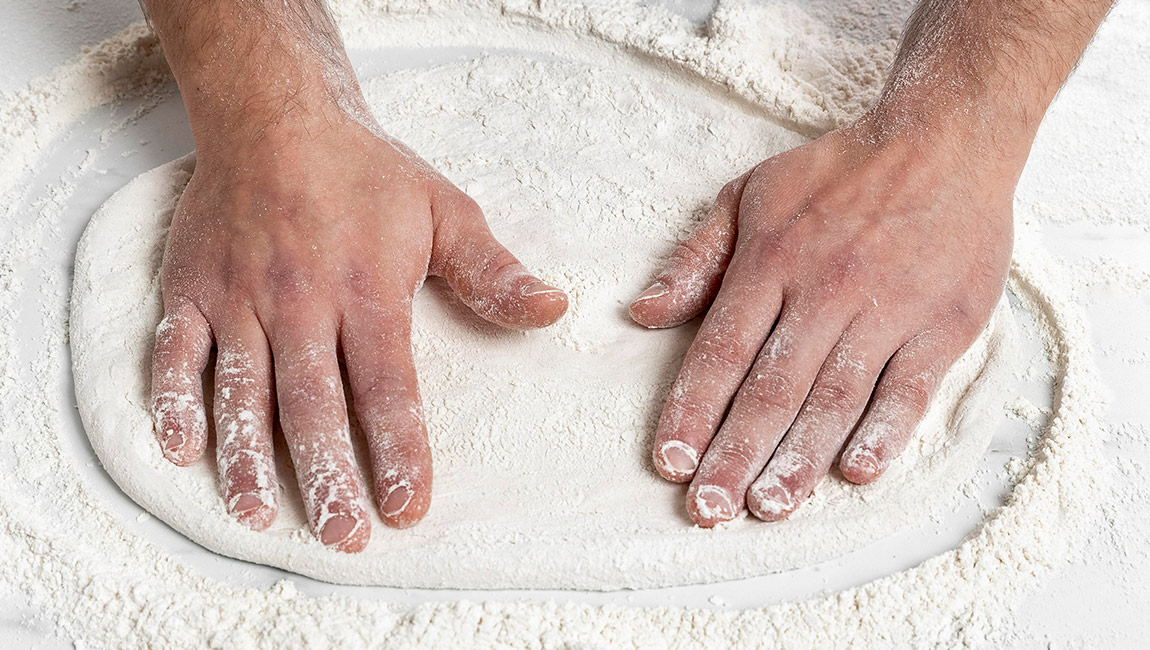
Love for Dough
The specialty of pinsa preparation lies in its base – a perfect dough that is a mixture of several types of flour, most often wheat, soy, and rice. The dough is kneaded by hand, and all the ingredients that are added are cold because special care should be taken not to heat the mixture during mixing to get what pinsa is best known for – a crispy crust and an airy, soft center.
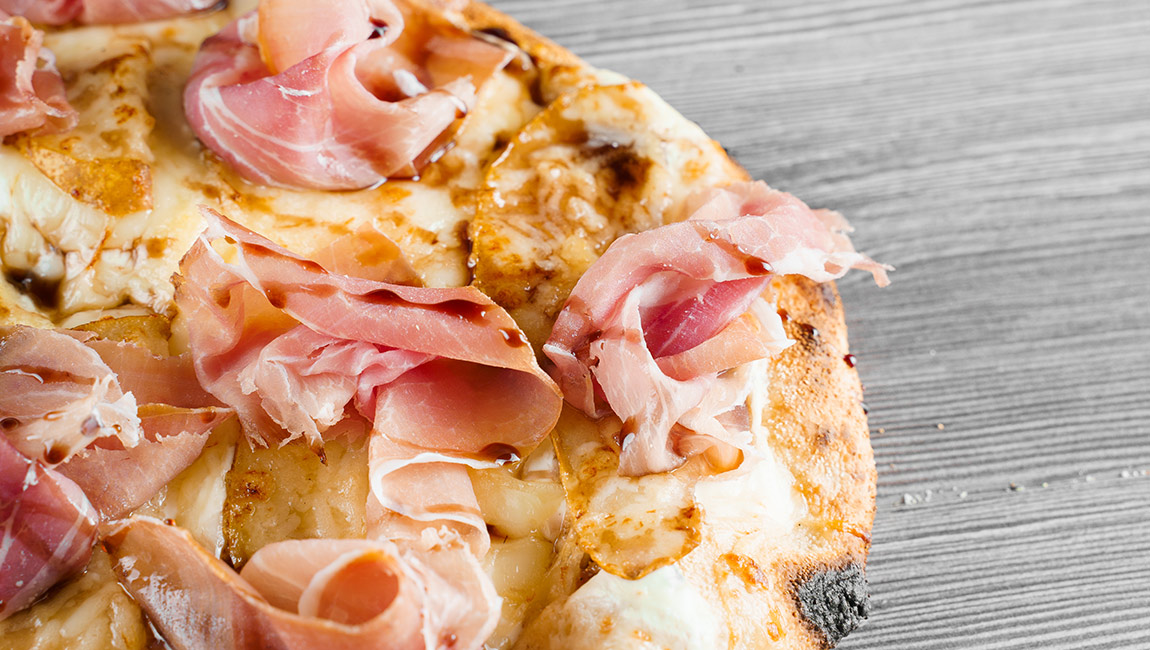
Oval Shape as a Trademark
The most noticeable difference between pizza and pinsa lies precisely in the oval shape, which is primarily due to the hand-shaped base. Although similar in appearance to focaccia, pinsa is not characterized by specific “holes,” and the dough itself is thinner and does not rise during baking. While the ideal fermentation period for pizza is between 24 and 36 hours, when making pinsa, the process requires up to 72 hours since the mixture of several types of flour needs more time to ferment.
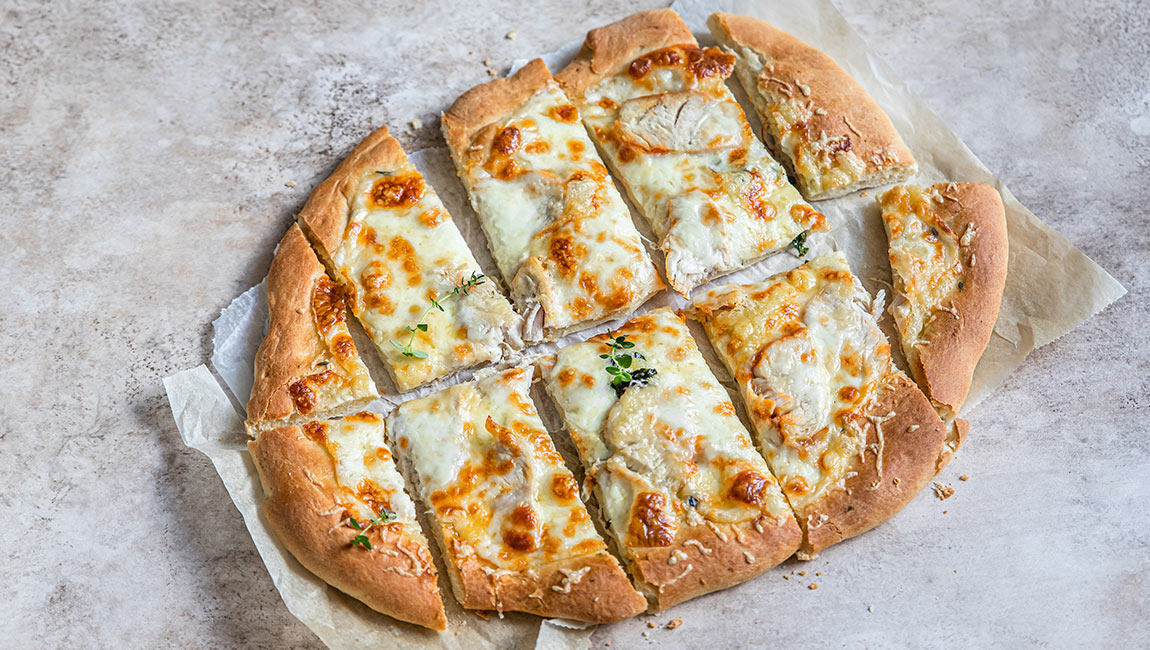
Ingredients Know No Boundaries
What makes you sure to love pinsa is that there are no written or unwritten rules about the ideal ingredients. You can make it with your favorite, and you can also stick to traditional additions such as pelate, arugula, oregano, and young cheese. The simplest and oldest version of pinsa is the one served with a simple coating of olive oil and dried basil!
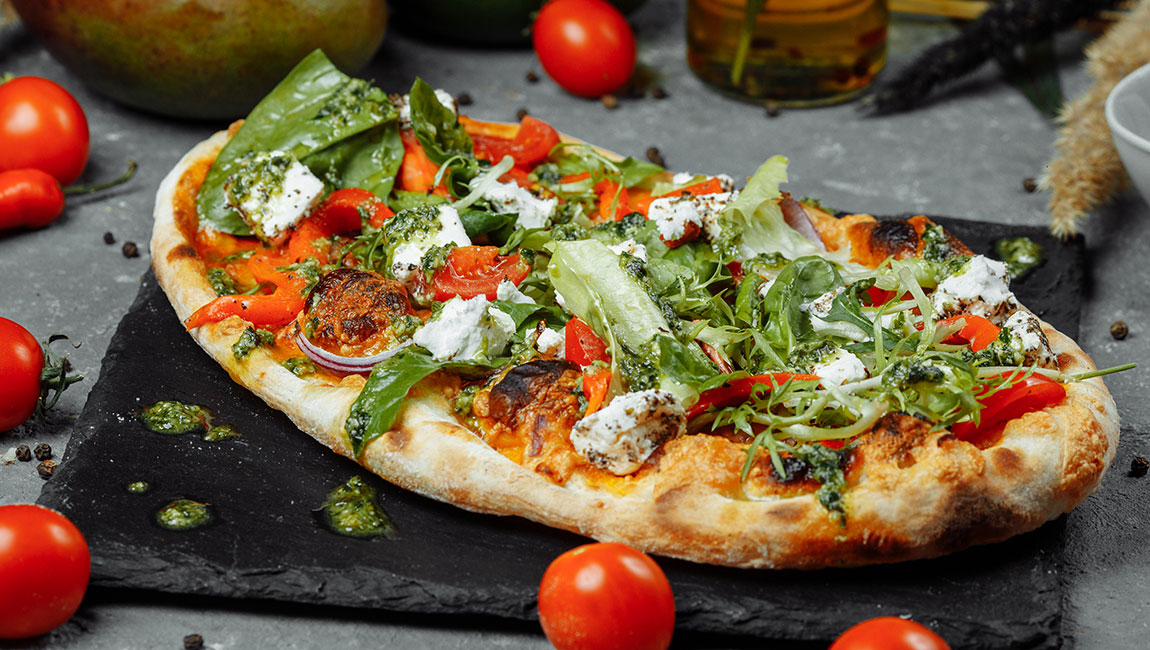
Pinsa Romano
The most authentic recipe for pinsa is precisely the one for pinsa Romana, which requires mixing soy, wheat, and rice flour with cold water and extra virgin olive oil. Salt and dry yeast are added to the dough, and the whole mixture is left in the refrigerator to ferment for 48 hours, after which it should stand at room temperature for another three hours and let it rise slowly. Pelata and prosciutto are then added to the manually stretched dough. It is baked for ten minutes in an oven heated to 200°C, after which it is sprinkled with grated parmesan or pecorino cheese.
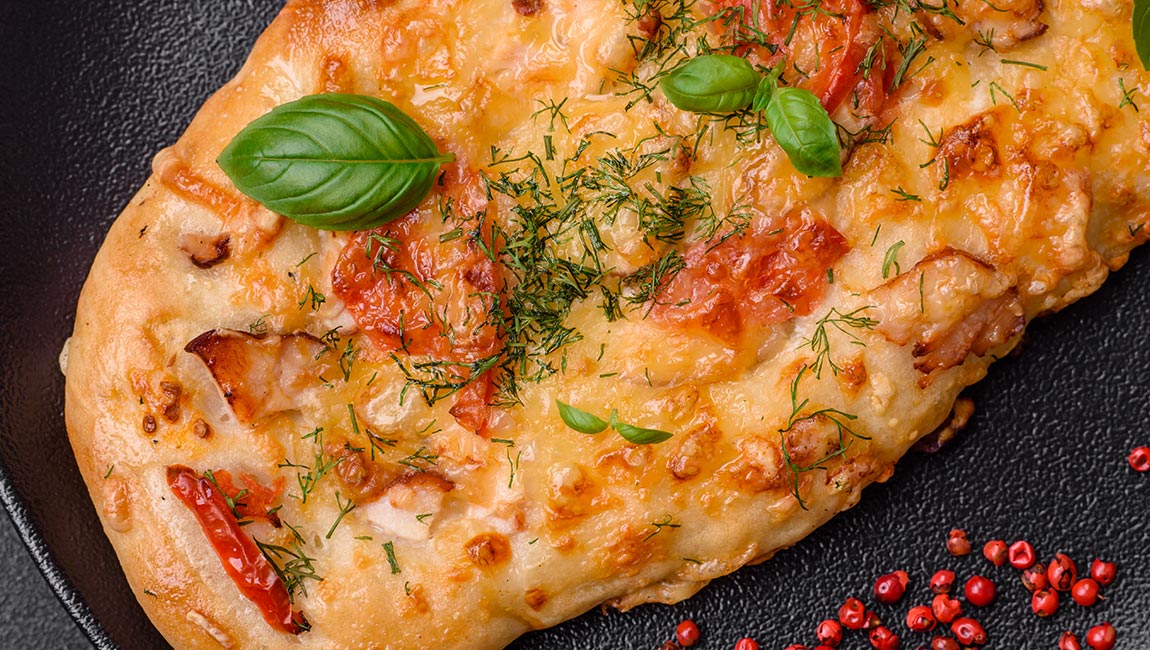
A Complete Gastronomic Delight
If you want to serve yourself or those you love a complete culinary experience and combine pinsa with certain drinks, you need to pay attention to the side dishes. Pinsa with a side dish of cheese and vegetables will go well with white wines, while those dominated by prosciutto or tomatoes should be served with stronger red wines. As in adding side dishes, so in serving drinks, the most important thing is to follow your own wishes, so you can enjoy the pinsa with a pint of your favorite beer!

You can make an authentic pinsa today at your home, and you can also visit our pizza bar, where we approach the preparation of this old Italian specialty with special care.

